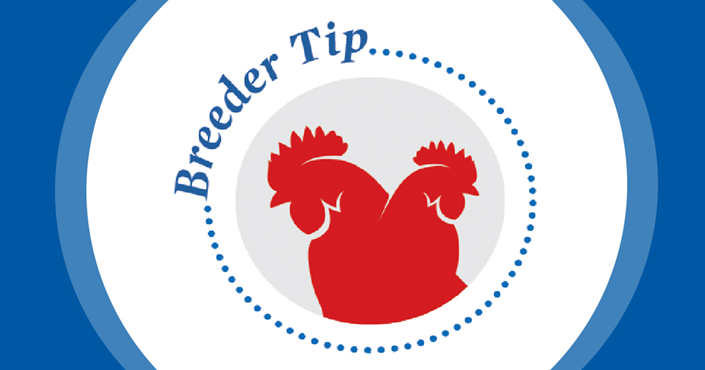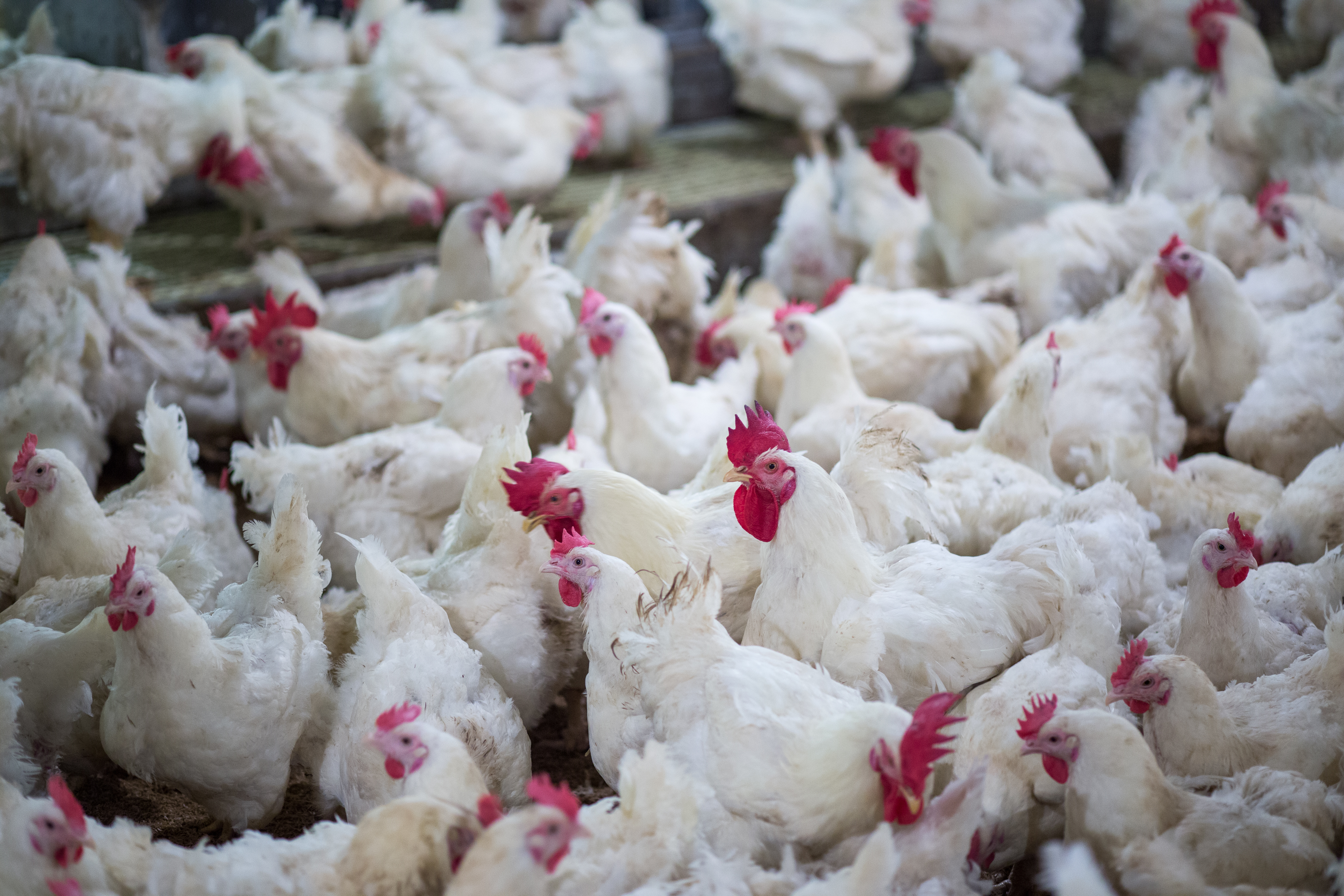



Flock management tip for breeders: Delay light stimulation by 7-14 days if flock uniformity is poor
This is the second in the series called 'Flock Management Tips' for breeders presented by AviagenPart of Series:
< Previous Article in Series Next Article in Series >

An assessment of flock uniformity is especially important one week prior to planned light stimulation. If the flock has a CV% of >10 (or a uniformity of <70%) there will be variation in female sexual development. Light stimulation must be delayed to give the less mature females within the population time to mature.
If a flock with poor uniformity is given light stimulation too early there will be: • Increased prolapses and associated peritonitis • Reduced hatching eggs due to increased reject eggs • A poorer peak and poorer persistency of lay. • A flock that is difficult to manage
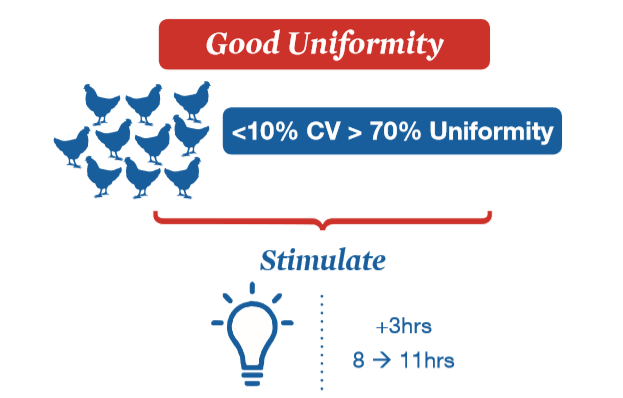
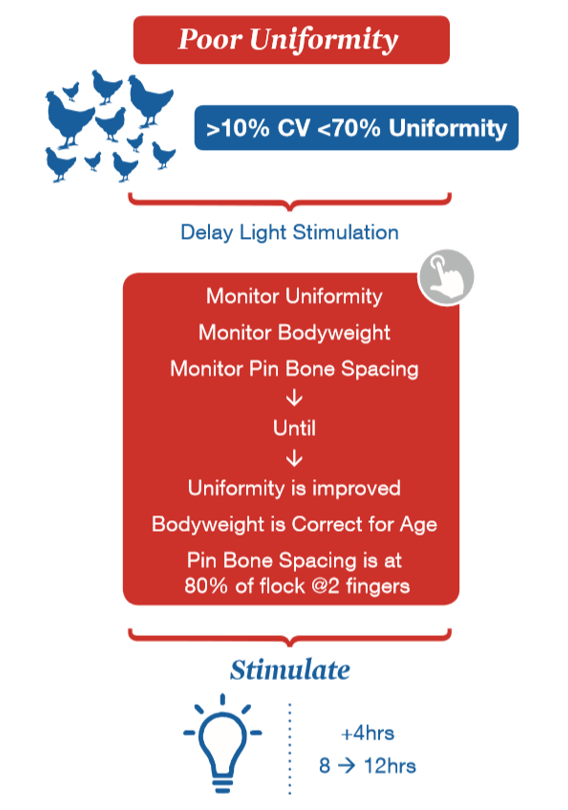
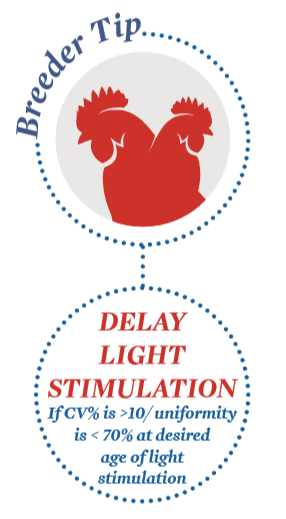
In this series:
- Why grade males at 28 days?
- Not re-drawing body-weight profiles at 105 days of age will affect sexual maturity











